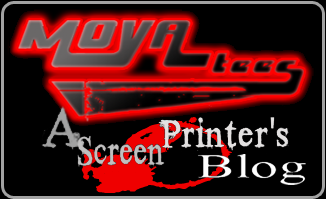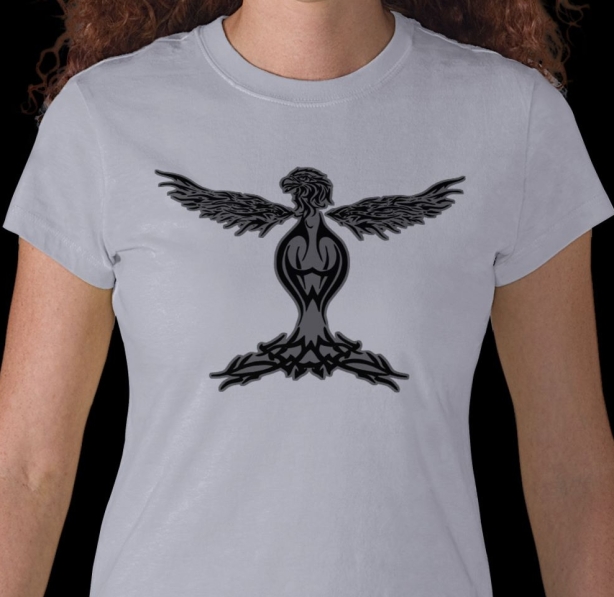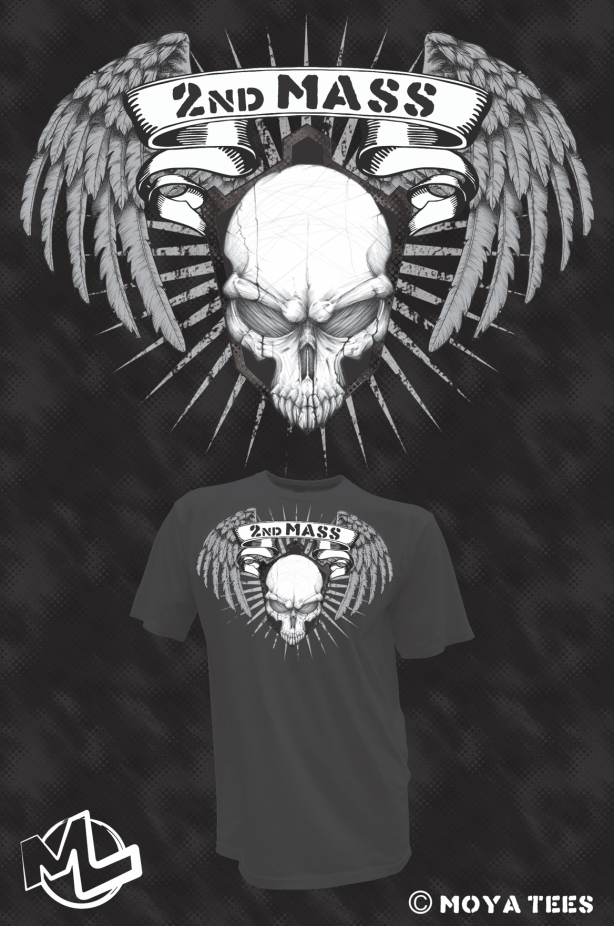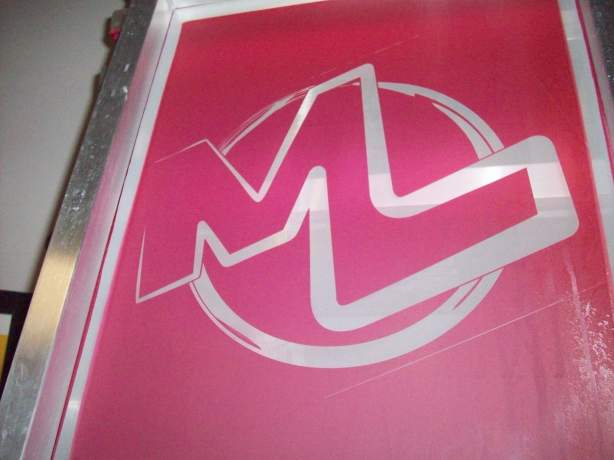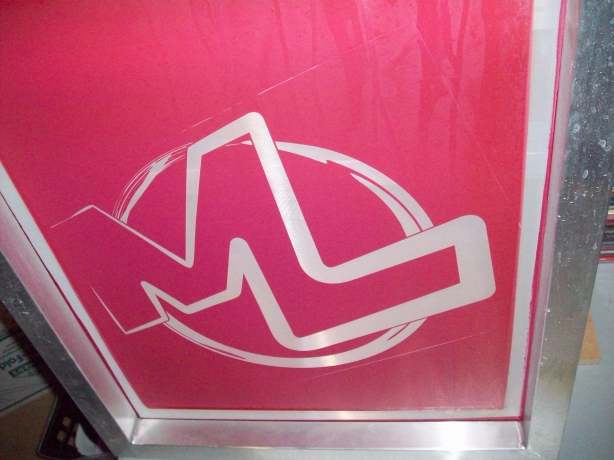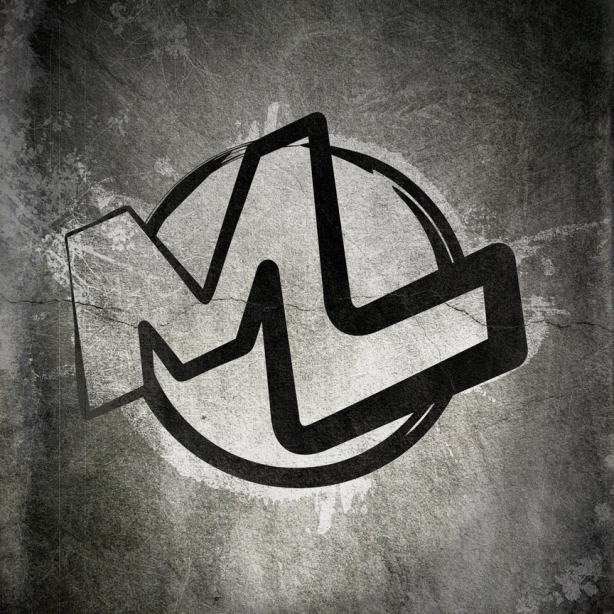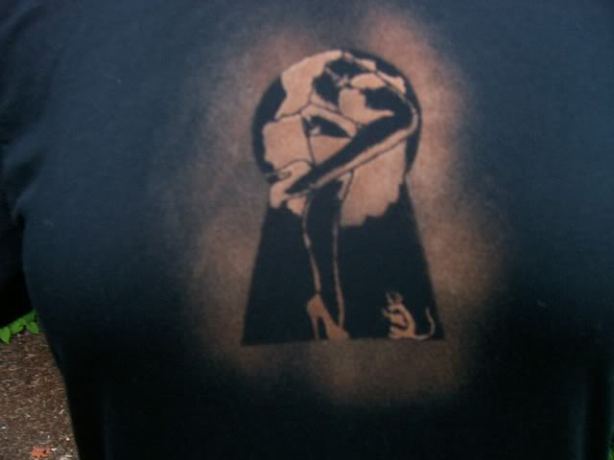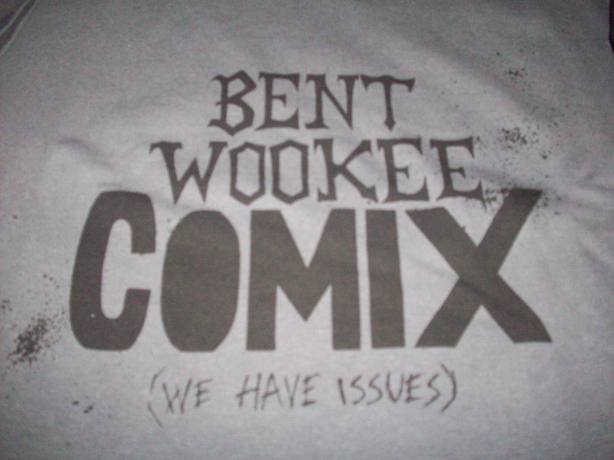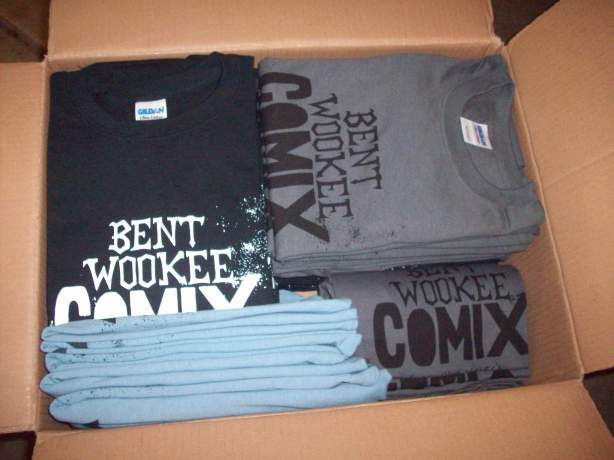Success is difficult to define because it’s such a subjective concept. We all have different goals, after all. We’ve compiled a list here of some tips (or challenges, sub-goals, focus directives…whatever you’d like to call them) that we’ve found helpful in the industry.
Be Aggressive.
In screenprinting, as in most industries, customers rarely come to you. You have to go get them. It’s not always enough for potential customers to know who you are and what you do, you need to reach out and offer your services.
Educate Your Clients.
To most non-printers, screenprinting is shrouded in mystery. Keep your customers in the loop about how their order will be fulfilled. Showing them what goes into the process will not only impress them, but add value to your services in their eyes. This will solidify your image as a professional and increase the odds of repeat business.
Be Frugal…to a Point.
Pinching pennies is sound financial advice, unless it begins to affect the quality of your product, ultimately causing you to lose out on jobs. It’s not the case with everything but, I’ve learned that in this industry you get what you pay for in most instances. Get the best equipment and supplies you can afford. Every upgrade provides extra capabilities and the more jobs you can get done, the less you’ll have to turn down.
Provide Examples.
You’ve just landed a contract for 150 t-shirts – basic black ink on white shirts – for a local company wanting to promote itself. It’s a little extra work but, throw in a surprise sample of something else you can do. Take their logo and print it on a single tote bag, or swap out the black ink for multi-color, and print an extra t-shirt. This is a great way to show the customer some other options that might spark additional ideas. If they see the slick tote bag you’ve printed for them and somewhere down the road decide they’d like some, guess who’s going to get that business? You!
Respect Your Time.
It’s a bit of a cliché but, if you don’t respect your own time, you can’t expect anyone else to either. Time is money. Charge accordingly.
Embrace the Screenprinting Community.
There are two very different approaches one can take in regards to colleagues. The first is to view anyone in the same field as a competitor. The second is to view them as knowledgeable resources and potential affiliates. I’ve met many talented screenprinters and decorators since we started, and they have provided a great wealth of information and support. In addition to this benefit, there is also potential for cross-recommendations. If, for instance, you specialize in heat transfers and know of another printer that does embroidery, make a deal. Send all of the embroidery jobs you get their way, and ask that they return the favor for jobs they may not be able to handle. It’s a wonderful extension of word-of-mouth advertising, and customers will be happy you got the job done- one way or another!
Make a Profit.
Obviously, right? What I mean is, be sure to charge enough for your services so that your final profit is worth the effort. Screenprinting is a competitive industry and, especially as a newbie, there is a desire to undercut other printers to land a job. I’ve learned the hard way that there are certain aspects of screenprinting price sheets that are in place for a reason. For example, minimum orders. When we first started out, it boggled my mind that printers would only take a job if you ordered at least 10 shirts. I did about seven single-shirt orders before it occurred to me, “Hey, I’m losing money on these!” Yes, some small orders can (and will!) lead to other, larger jobs – that’s true. However in business, you have to draw the line when you start losing money. Do some research as to what the other (possibly more experienced) printers in your area charge, and try to stay close to their prices.
Expand Your Knowledge.
There are many different methods and techniques in this industry for decorating apparel and other products. The more of these you learn, the wider variety of services you’ll be able to offer prospective customers. This will give you freedom to potentially handle every job that comes your way, as well as offering the profitable “upsell.” Take classes, read blogs, and watch tutorial videos. There is a wealth of information out there. Challenge yourself to learn and experiment with new things, or even innovate new styles.
Find a Good Supplier.
This is an important tip for both the financial and the quality end of your business. A reliable, informed, and helpful supplier is crucial to helping you meet your clients’ needs and maximizing profits. Ryonet is a perfect example. Not only are their prices competitive, but they excel in the additional intangibles that can help you succeed: training, support, and customer service.
Keep Your Business Plan Flexible.
A business plan is much like a road map to your goal. It states your specific destination, and the route you plan to take. This is good as a guide, but as sometimes happens on the road, you can run into obstacles along the way. When you hit an unexpected detour, be flexible, reroute, and start in a new direction. It’s not the end of the world. It’s important to view your business plan as a guideline, not the end-all-be-all. The number of paths to your goal is only limited by your imagination.
